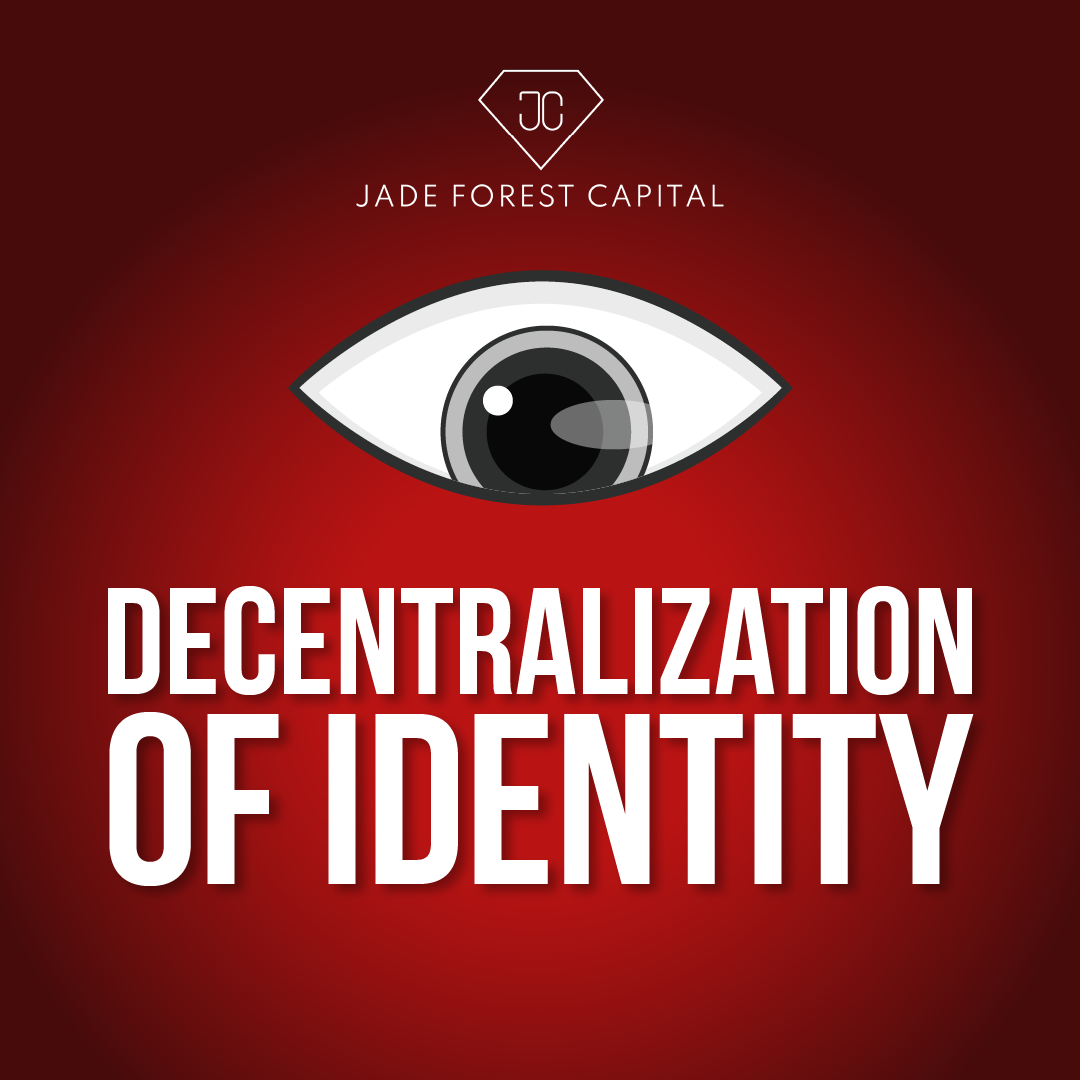The Merge is the shift of the Ethereum blockchain from the current proof-of-work (PoW) consensus to proof-of-stake (PoS). This is considered a very important event for the cryptocurrency market: if it is successful, it will bring a huge improvement to the Ethereum platform and new opportunities for other blockchains that are still using PoW mechanism. This can be deemed as an extremely brave move of the Ethereum team as there are hidden risks that cannot be foreseen. Although testnet merge has been successfully pulled off several times, there are still mixed opinions on the possibility that the mainnet of the Merge may fail, proving the importance of the Merge to investors.
Currently, the transition of the consensus mechanism on Ethereum has come to the final steps in preparation for the mainnet. If nothing happens, the Merge mainnet is expected to take place on September 19 – 20.
Before the Merge is activated, let’s take a look at the history of Ethereum and its development direction up to the present time with Jade Forest Capital.
The inception and challenges
Ethereum was born with a PoW mechanism similar to Bitcoin. Furthermore, Ethereum also introduced the concept of smart contracts which later became an integral part of blockchain.
Defi is the area that uses smart contracts the most and has started a craze in 2021-2022. Investors soon become familiar with using smart contracts and Ethereum’s increasing popularity is good news for the project team. This, nevertheless, also brings difficult challenges as the PoW mechanism cannot handle a large transaction volume, leading to the following issues:
- High gas fees: As Ethereum gets more popular, the demand for transactions increases and gas fees increase accordingly. This affects users who perform transactions regularly or those who only want to transfer a small amount of assets.
- Network congestion: The communication between nodes is not optimized, which hinders the execution of smart contracts.
- Energy usage: The energy used for solving cryptographic and validating blocks is considered unnecessary, unlike the PoS mechanism where validators will limit the calculation but still can maintain the security of the network.
- Disk space: The network is too large, interfering with the operation of nodes.
- GPU Price: To mine ETH, validators must equip GPUs, which pushes up the price of GPUs. PoS, in contrast, does not require GPUs.
Thereby, upgrading Ethereum is only a matter of time. Facing the challenge, Vitalik Buterin decided to upgrade the network with the first step called the Merge.
The path to the Merge
The Merge includes 3 phases:
- Beacon chain: established based on the PoS consensus mechanism. Currently, the Ethereum team allows the Beacon chain to run in parallel with ETH1 – the Execution Layer (using PoW). ETH1 will become the execution layer while the Beacon chain will take care of transaction validation. Users can participate in staking ETH on the Beacon chain with a number of multiples of 32 and cannot withdraw until the next stages are completed.
- The Merge: This is the main stage of the Merge process. Before that, Ethereum will implement Difficulty Bomb and merge the Beacon chain and ETH1. This will convert all smart contracts, data and current status on ETH1 into the PoS system. After the merge, Ethereum will officially become a blockchain using the PoS mechanism.
- Sharding: Sharding is the process of splitting a database horizontally to spread the load for confirming transactions, helping the system increase execution speed, reducing transaction costs and enhancing scalability. This stage is viewed as mass adoption.
Source: ethereum.org
The Merge’s benefits
Saving energy
PoS allows securing the network based on the amount of ETH staked into the system, unlike PoW which uses huge computing power. The use of PoS will reduce almost 99.95% of the power used for PoW, which will make it possible for ordinary devices to participate in the validation process.
When the PoS mechanism is fully activated, running a node only costs about 2.6 MWh per year, 1,300 times less than the entire electronics industry.
Ethereum PoS will remove the accusation of consuming energy and not being environmentally friendly.
Decreasing the total ETH supply
To understand the decrease in the total supply of Ethereum, we can calculate as follows:
- For the current PoW mechanism, the reward per block solved is 2 ETH. The average time per block is 13s, so about 13,000 ETH will be released every day.
- As for the Beacon chain, the amount of ETH currently staked on the Beacon chain is about 14 million. With an interest rate of 4.1%, the amount of ETH generated per day is around 1,500 – 1,600 ETH.
Therefore, a total amount of 15,000 ETH is generated every day.
- 90% ETH is generated on Execution Layer (Ethereum Mainnet)
- 10% ETH is generated at Consensus Layer (Beacon Chain)
This shows that, after the Merge is successful, the blockchain will reduce the amount of ETH generated by 90% and reward ETH to stakers, not miners. This is a positive for the whole system and creates fairness.
The first step of establishment
On July 21, at the Ethereum Community Conference (EthCC) in Paris (France), Vitalik Buterin discussed directly what will happen when the Merge is completed. On his personal page, Vitalik spoke about the development orientation of Ethereum as follows:
Happy birthday beacon chain!
— vitalik.eth (@VitalikButerin) December 2, 2021
Here's an updated roadmap diagram for where Ethereum protocol development is at and what's coming in what order.
(I'm sure this is missing a lot, as all diagrams are, but it covers a lot of the important stuff!) pic.twitter.com/puWP7hwDlx
From the speech, we can see that the Merge’s success is only the first step in the strong development of Ethereum. After the Merge, there will be next phases:
- The Surge: integrating Sharding into the network, speeding up transactions
- The Verge: minimizing block volume
- The Purge: reducing storage for validators
- The Splurge: A series of miscellaneous smaller upgrades for shortcomings of previous updates
This opens us up to the long-term view of the Ethereum team and the future of the network.
Top misconceptions about the Merge
After the Merge, users need to migrate “old ETH” to “new ETH”
Many users think that after the Merge, they need to convert tokens to be compatible with the new blockchain, which is not true.
All the status on Ethereum remains unchanged after the Merge, and no “new ETH” will be issued, nor will people need to do anything. This is also what the Ethereum team was concerned about, so they changed the terminology to Execution Layer and Consensus Layer instead of ETH 1.0 and ETH 2.0.
Gas fee will be reduced
False. The Merge will not reduce the gas fee on the transactions. Depending on the demand for transactions at each point in time, the gas fee will be calculated correspondingly. The decrease in gas fees in recent days is partly because we are in a downtrend period with fewer smart contract interactions and transactions, which leads to lower gas fees.
Transactions will be faster after the Merge
In fact, it is safe to assume that Ethereum transactions will be executed faster, but this improvement is not significant. Beacon Chain allows validators to publish a block every 12 seconds in comparison to roughly 13.3 seconds of the mainnet, which will only speed up the transactions by 10% – an unnoticeable change to users.
Staked ETH can be withdrawn right after the Merge
False. Users won’t be able to withdraw the staked ETH for at least 6 – 12 months after the Merge, and when withdrawal is enabled, the staked ETH will be gradually released by epoch, which is to avoid price volatility and mass migration by users
We hope that the information provided can aid you to understand the Merge and avoid preventable risks.


